24 Sweet & Tangy Popular Korean Desserts to Taste
Korean desserts offer a delightful journey through sweet culinary traditions that surprise and enchant taste buds.
Delicate flavors and innovative textures characterize these remarkable treats that blend cultural heritage with modern creativity.
Refined ingredients like rice flour, red beans, and seasonal fruits transform simple components into extraordinary confections.
Unique preparation methods reveal intricate techniques passed down through generations of skilled Korean pastry makers.
Subtle sweetness distinguishes these desserts from their Western counterparts, emphasizing balance and nuanced flavor profiles.
Cultural significance infuses each recipe with memories and meaningful connections to family gatherings and celebrations.
Intricate presentations reflect meticulous attention to visual aesthetics and culinary craftsmanship.
We invite you to uncover 24 popular Korean desserts that will tantalize your senses:
Popular Korean Desserts for a Sweet Escape
Korean dessert cafés serve up playful, eye-catching treats. Layers of fruit, ice, and creamy toppings guarantee instant happiness.
Hotteok
Hotteok are sweet Korean street pancakes with a crispy golden exterior and gooey cinnamon-sugar center that originated from Chinese merchant adaptations in the late 19th century.
Winter street vendors eagerly sell these warm, irresistible treats packed with brown sugar and chopped nuts like peanuts and walnuts.
Chinese immigrants initially introduced savory pancake versions to Korea during military campaigns.
Korean preferences quickly transformed these pancakes into sweet delights with soft, chewy interiors.
Merchants strategically modified their recipes to match local tastes.
Pancake thickness varies between vendors, offering diverse textures for street food enthusiasts.
Seasonal popularity peaks during cold months when people crave warm, comforting snacks.
Tteok
Tteok are iconic Korean rice cakes crafted from glutinous or non-glutinous rice, representing a culinary cornerstone of Korean cuisine.
These versatile treats range from sweet desserts to savory dishes, offering incredible diversity in texture and flavor.
Koreans traditionally prepare tteok by steaming, pounding, or kneading rice into a pliable dough that can be enriched with various ingredients.
Popular varieties like songpyeon, chapssaltteok, and garaetteok showcase the intricate techniques and cultural significance of these rice cakes.
Skilled artisans shape the dough into numerous forms, creating everything from small round gyeongdan to long, cylindrical garaetteok.
Ingredients such as sesame seeds, red bean paste, and seasonal herbs often enhance the rice cakes' complexity.
Patbingsu
Patbingsu epitomizes South Korean summer dessert culture through its refreshing blend of shaved ice, sweet azuki bean paste, and condensed milk.
Korean streets buzz with excitement during summer months when this cool treat dominates dessert menus from May to October.
Innovative toppings like fresh fruits, crispy cereals, and soft rice cakes called tteok transform the basic ice dessert into a personalized flavor experience.
Diners typically stir all ingredients together, creating a delightful sweet cold soup with contrasting textures.
Creamy condensed milk smooths the icy base while red bean paste adds deep sweetness.
Each serving offers a unique combination based on individual preferences.
Traditional recipes highlight the classic red bean version, though modern interpretations include countless creative variations.
South Korean summers would feel incomplete without this iconic dessert that balances crunch, creaminess, and refreshing coolness.
Ggul Tteok
Ggul tteok are vibrant Korean steamed rice cakes distinguished by their bite-sized spherical shape and sweet honey-based finish.
Korean bakeries craft these delicate treats from glutinous rice flour, creating a chewy texture that melts in you mouth.
Small balls of dough transform into soft, glistening desserts when steamed to perfection.
Traditional recipes often feature simple preparations drizzled with honey-infused syrup.
Some variations include delightful fillings like ground sesame seeds or a light dusting of roasted soybean powder.
Street vendors and specialty shops across Korea commonly sell these elegant snacks.
Celebratory events and casual gatherings frequently showcase these colorful rice cake morsels.
Generations have enjoyed ggul tteok as a classic Korean sweet treat that balances subtle flavors with satisfying texture.
Nurungji
Nurungji represents a prized South Korean rice delicacy featuring a golden-brown crispy layer that naturally forms at the bottom of cooking pans during rice preparation.
Koreans transform this seemingly ordinary rice crust into a delightful snack or sweet treat by sprinkling sugar on its crunchy surface.
Resourceful home cooks often brew sungnyung, a warm beverage created by briefly steeping the scorched rice in water or tea after cooking.
This versatile rice byproduct can be enjoyed independently as a crunchy snack or served as a light dessert.
Sungnyung typically follows meals as a comforting and warming drink.
South Korean families have long appreciated nurungji as a zero-waste cooking technique that maximizes rice's potential.
Chapssaltteok
Chapssaltteok are Korean rice cakes bursting with sweet red bean paste, wrapped in a signature green matcha-infused glutinous rice exterior.
Closely related to Japanese mochi, these dense and chewy treats hold special cultural significance in South Korea.
Students often receive chapssaltteok before important exams as a symbol of good luck and encouragement.
Families frequently prepare these soft desserts at home, making them a popular and accessible sweet treat.
Green matcha powder gives the rice cake its distinctive color and subtle earthy flavor.
Glutinous rice forms the primary ingredient, creating a uniquely stretchy and smooth texture.
Red bean paste provides a rich, sweet filling that complements the rice cake's mild taste.
Gyeongdan
Gyeongdan are traditional Korean rice cakes with a distinctive chewy texture and sweet red bean center that delights dessert lovers.
Korean families craft these small, round treats by wrapping soft rice dough around rich red bean paste before boiling them carefully.
Colorful powders like ground black sesame, toasted soybean, mugwort, and grated coconut coat the exterior, creating visual appeal and added flavor complexity.
Seasonal variations emerge during festivals and special occasions.
Ancient preparation techniques pass through generations, maintaining the cake's cultural significance.
Nutritious ingredients and careful crafting make gyeongdan a beloved Korean dessert staple.
Korean Twisted Donuts (Kkwabaegi)
Kkwabaegi are iconic South Korean twisted donuts distinguished by their unique braided shape and sweet cinnamon coating.
Korean bakers craft these delightful treats using a simple mixture of flour, butter, sugar, milk, eggs, yeast, salt, and corn oil.
Yeast helps the dough rise twice, creating a soft and fluffy interior with a crispy exterior.
Skilled hands roll the dough into long ropes, expertly twisting them into short braids before deep-frying until golden brown.
Warm donuts receive a generous dusting of cinnamon sugar, enhancing their irresistible flavor and aroma.
Traditional bakeries across South Korea serve these street-style snacks as popular breakfast or afternoon treats.
Crispy outside and tender inside, kkwabaegi offer a perfect balance of texture and sweetness.
Street vendors and home bakers continue to prepare these classic Korean donuts using time-honored techniques.
Hodu-Gwaja
Hodu-gwaja are iconic Korean winter cookies originating from Cheonan that feature a crispy walnut shell encasing a sweet red bean paste and walnut piece filling.
Korean street vendors first introduced these treats in the 1930s when a young couple developed the unique recipe.
Walnuts form the primary ingredient, creating a distinctive shell that mimics a walnut's natural shape.
Street markets popularized these cookies during the 1970s, spreading their popularity across South Korea.
Bakers carefully craft each cookie by combining a thin walnut-based batter with carefully selected red bean paste.
Traditionally served as a winter snack, hodu-gwaja provide warmth and comfort during cold seasons.
Crispy exterior and soft interior make these cookies a beloved Korean street food.
Generations have enjoyed this nostalgic treat that perfectly balances sweet and nutty flavors.
Baekseolgi
Baekseolgi represents a pure white Korean rice cake steeped in cultural significance and celebration.
Korean families traditionally prepare this symbolic dessert to mark a baby's hundred-day milestone, crafting it with simple ingredients like rice flour, sugar, water, and salt.
Steaming transforms the mixture into a light, chewy delicacy that symbolizes innocence and new beginnings.
Skilled bakers carefully blend and steam the ingredients to achieve its distinctive soft texture.
Minimal decorations occasionally enhance its presentation, with dry fruits or nuts adding subtle visual interest.
White color remains its most important characteristic, signaling purity and spiritual cleanliness.
Ancient traditions guide its preparation and cultural meaning.
Modest yet meaningful, baekseolgi connects generations through a simple, elegant culinary practice.
Jeolpyeon
Jeolpyeon are traditional Korean rice cakes featuring intricate decorative patterns pressed onto steamed glutinous rice surfaces.
Korean bakers craft these delicate discs using specialized wooden molds that create beautiful geometric or floral designs on each cake's exterior.
Glutinous rice forms the primary ingredient, allowing bakers to experiment with natural coloring from ingredients like mugwort or pumpkin.
Sesame oil gets brushed across finished jeolpyeon to prevent sticking and introduce a subtle nutty essence.
Artisan techniques transform simple rice into elegant circular treats with smooth textures and complex visual appeal.
Ceremonial settings often feature these rice cakes during important celebrations and seasonal gatherings.
Small yet sophisticated, jeolpyeon represent a refined example of Korean culinary craftsmanship.
Yugwa
Yugwa are delicate Korean sweet rice confections crafted from glutinous rice transformed into crispy, golden treats through a meticulous frying process.
Korean royal courts originally developed these elegant desserts as luxurious snacks during special celebrations and festivals.
Skilled artisans pound rice into a smooth paste and blend it with fragrant honey and traditional rice wine called cheongju.
Thin layers of the mixture get carefully shaped and deep-fried until achieving a light, crispy texture.
Artful garnishes like sesame seeds, pine nuts, and ground cinnamon add complex flavor dimensions and visual appeal.
Honey glazing provides a glistening finish that enhances the confection's natural sweetness.
Modern bakeries and street vendors continue producing these beloved Korean sweets that connect contemporary diners with centuries of culinary heritage.
Yakgwa
Yakgwa are traditional Korean honey cookies distinguished by their deep-fried texture and rich sweet-savory profile originating from royal court cuisine.
Korean bakers create these delicate pastries using wheat flour and sesame oil, carefully shaping them into elegant round or flower-like designs.
Honey plays a crucial role in transforming these cookies, with the syrup completely coating the crisp exterior after frying.
Sesame oil provides a distinctive nutty undertone that balances the intense sweetness of the honey glaze.
Ancient Koreans believed honey possessed medicinal properties, which explains the dessert's name translating to "medicinal confectionery." Monks and royal kitchens historically prepared these cookies during special celebrations and ceremonial events.
Wheat flour ensures a light, crisp texture that crumbles gently when bitten.
Cultural significance and intricate preparation make yakgwa a treasured Korean dessert passed through generations.
Dasik
Dasik are traditional Korean tea cookies meticulously crafted from ground nuts, seeds, and flour pressed into intricate decorative molds that originally signaled royal and aristocratic status.
Korean nobility first embraced these delicate treats during tea ceremonies as elegant accompaniments showcasing culinary refinement.
Royal kitchens developed sophisticated techniques to create these intricate cookies using ingredients like rice flour, chestnut flour, black sesame, and various beans.
Artisan bakers carefully shape dasik into stunning geometric designs using specialized metal molds that transform simple ingredients into edible art.
Each cookie reflects cultural elegance through its precise preparation and beautiful presentation.
Colorful and lightweight, dasik provide subtle sweetness that complements traditional Korean tea experiences.
Modern bakeries continue producing these historical snacks using time-honored techniques.
Dasik remain a cherished connection to Korea's rich gastronomic heritage.
Sirutteok
Sirutteok represents a classic Korean rice cake steamed with red beans in a traditional siru steamer, embodying centuries of culinary heritage.
Korean families have crafted this delicate dessert using glutinous rice and partially crushed red beans for generations.
Generations of cooks carefully layer ingredients to create its unique texture and flavor profile.
Versatile preparation allows bakers to experiment with additional beans, fruits, and nuts to customize the cake.
Rice selection plays a crucial role in determining the final consistency and taste of the dessert.
Traditional steaming methods ensure a soft, moist texture that distinguishes sirutteok from other rice cake variations.
Regional differences contribute subtle variations in ingredient combinations and preparation techniques.
Each serving reflects a piece of Korean culinary tradition, connecting modern diners with ancient cooking practices.
Hwajeon
Hwajeon are delicate South Korean rice pancakes adorned with edible flower petals that showcase traditional culinary artistry.
Spring brings these elegant treats to life with carefully selected blossoms like Korean azaleas, pear flowers, rose petals, and wild chrysanthemums.
Rice flour forms the tender base of these small pancakes, which date back to the Koryo Dynasty.
Koreans traditionally prepare hwajeon during Hwajeon Nori, a festive outdoor gathering celebrating seasonal beauty.
Skilled cooks carefully place fragrant flower petals atop the soft, round pancakes before serving.
Sweet rice syrup often accompanies these beautiful treats, enhancing their delicate flavor.
Historians trace hwajeon's origins to royal court celebrations and seasonal festivals.
Dalgona Candy
Dalgona is a crispy, honeycomb-like Korean street candy crafted from melted sugar and baking soda, gaining global fame through the Netflix series Squid Game.
Streetside vendors traditionally create this sweet treat by heating sugar until caramelized and quickly stirring in baking soda.
Rapid whisking transforms the mixture into a light, airy foam that hardens into a delicate, brittle texture.
Street sellers often pour the bubbling concoction onto flat surfaces and stamp playful shapes like stars or circles into the cooling candy.
Players challenge themselves to carefully cut out these intricate designs without breaking the fragile structure.
Originating in the 1960s, dalgona became a popular affordable snack for schoolchildren seeking a cheap, sweet treat.
Korean street markets and festivals continue to showcase this nostalgic sugar candy that connects generations through its simple, handmade charm.
The candy's name comes from its resemblance to Korean honeycomb toffee, reflecting its sweet cultural heritage.
Yaksik
Yaksik exemplifies Korean festive cuisine as a sweet, nutrient-dense rice cake cherished during celebrations and holidays.
Korean families traditionally prepare this dessert by carefully steaming glutinous rice with an aromatic mixture of honey and spices.
Dried jujube fruits and chestnuts provide rich textural complexity and natural sweetness to the dish.
Pine nuts scattered throughout add a delicate crunch and nutty undertone.
Dark brown caramelized sauce made with soy sauce, cinnamon, and sesame oil coats each grain, creating a complex flavor profile.
Sugar and honey contribute a deep sweetness that balances the savory elements.
Generations have passed down this recipe, preserving its cultural significance.
Nutritional value and symbolic meaning make yaksik more than just a simple dessert.
Yeot
Yeot are traditional South Korean sticky candies crafted from steamed glutinous rice, sweet potatoes, and corn that showcase the country's sweet culinary heritage.
Korean artisans create multiple varieties like hobakyeot with pumpkin, kkaeyeot coated in sesame seeds, and boriyeot made from barley.
These chewy confections offer complex sweetness through careful caramelization and stretching techniques.
Glutinous rice serves as the primary ingredient, providing a distinctive elastic texture.
Generations have enjoyed yeot as popular street snacks and festive treats.
Craftsmen carefully heat and pull the mixture to develop its signature consistency.
Sugar content and preparation methods determine each yeot's unique flavor profile.
Jeungpyeon
Jeungpyeon are traditional Korean steamed rice cakes with a unique fermentation process that creates a soft, slightly tangy texture and distinctive flavor profile.
These delicate treats combine glutinous rice, sugar, and yeast to form round or rectangular shapes that are expertly steamed until tender.
Originating in the 17th century, jeungpyeon became a popular summer dessert due to their ability to remain fresh in warm temperatures.
Bakers carefully craft the cakes with natural colorings and decorate the tops with jujubes, pine nuts, or various seeds.
Fermented rice drink called makgeolli contributes to the cake's complex taste and unique preparation method.
Korean households traditionally prepare these rice cakes as a special seasonal delicacy.
The fermentation process gives jeungpyeon a light, airy consistency that sets them apart from other rice cake varieties.
Sweet and slightly tangy, these steamed treats represent a delicate balance of texture and flavor in Korean cuisine.
Bukkumi
Bukkumi are traditional South Korean rice cakes featuring a unique half-moon shape and delicate pan-fried texture.
Glutinous rice or sorghum flour creates the soft outer shell that encases sweet fillings like ground sesame seeds or white mung bean paste.
Skilled Korean home cooks carefully fold each cake into a crescent shape before gently frying them to golden perfection.
Honey glazes the exterior, providing a glistening finish and extra sweetness.
Garnishes including jujube, pumpkin seeds, and shredded chestnuts add visual appeal and complementary crunch.
Warm spices like cinnamon enhance the overall flavor profile of these elegant treats.
Bukkumi often appear during festive celebrations and family gatherings as a cherished dessert.
Ancient Korean culinary traditions inform every aspect of this beloved rice cake's preparation.
Jeonggwa
Jeonggwa represents traditional Korean candied treats crafted from seeds, fruits, vegetable stems, or roots that undergo a unique preservation process.
Korean artisans carefully slice ingredients and coat them in sweet sugar or honey syrup.
Meticulous drying transforms the mixture into a crispy and slightly chewy delicacy.
Sugar crystallization creates a glossy exterior that enhances the natural flavors of each ingredient.
Historically, jeonggwa served as a sophisticated dessert for royal courts and noble families.
Seasonal variations showcase regional ingredients like ginger, lotus root, or quince.
Preservation techniques ensure these sweets maintain their distinctive texture and sweetness.
Modern Korean confectioners continue to honor this centuries-old culinary tradition by creating innovative jeonggwa variations.
Maejakgwa
Maejakgwa are elegant Korean ribbon-shaped cookies with a distinctive braided design originating from traditional royal court cuisine.
Korean bakers create these delicate treats by expertly rolling wheat flour dough and cutting rectangular pieces with precisely three strategic center slits.
Sugar and ginger juice infuse the cookies with a subtle sweet-spicy flavor profile that distinguishes them from other pastries.
Skilled artisans carefully weave one end of the dough through the center slit, forming an intricate ribbon-like shape.
Ancient preparation techniques ensure each cookie maintains a crisp, delicate texture when baked.
Generations of Korean families have passed down this meticulous recipe through centuries of culinary traditions.
Salt balances the sweetness, creating a complex taste experience.
These cookies often appear during special celebrations and festive gatherings as a cherished symbolic dessert.
Poo Bread (Ttongppang)
Ttongppang are iconic South Korean street pastries mimicking human feces with surprising culinary charm.
Street vendors in Seoul's Insa-dong neighborhood originally crafted these wheat flour sweets as humorous novelty treats.
Playful bread shells encapsulate smooth, sweet red bean paste and crunchy walnut fragments.
Korean bakeries carefully prepare these unique pastries using traditional techniques.
Wheat flour forms the exterior base with precise molding methods.
Walnuts add textural complexity to the soft inner filling.
When travelling here, you can purchase ttongppang as memorable souvenirs with comedic appeal.
What’s the Difference Between Traditional and Modern Korean Desserts?
Korean desserts have evolved beautifully over time, blending traditional recipes with modern influences to create a wide range of sweet treats. Here’s how traditional and modern Korean desserts differ:

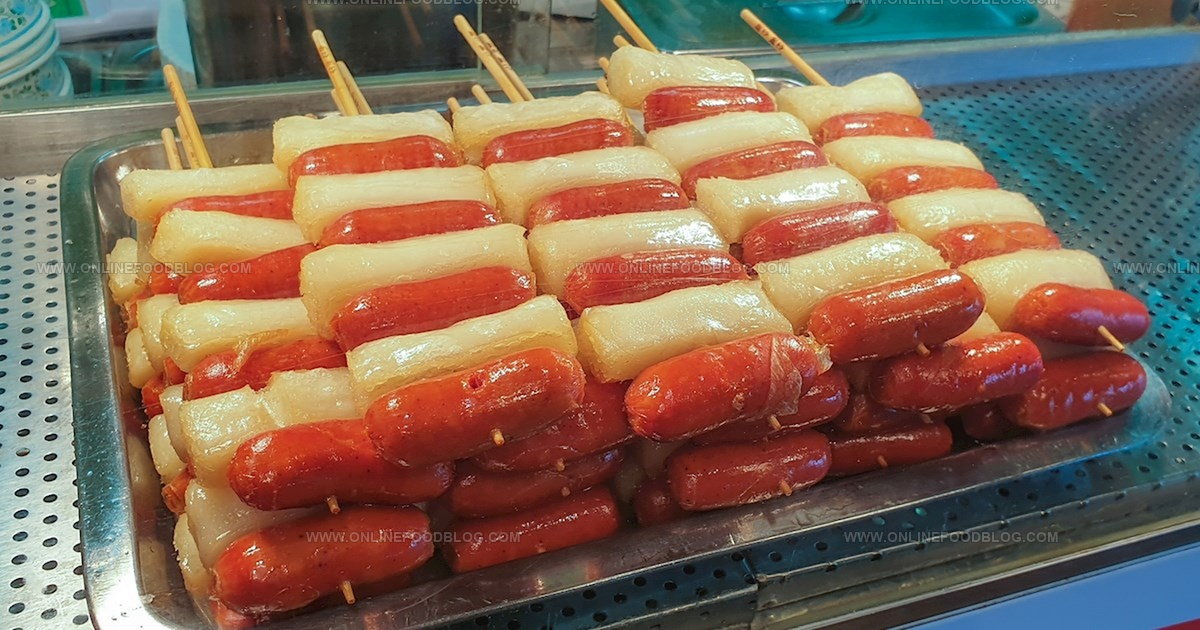
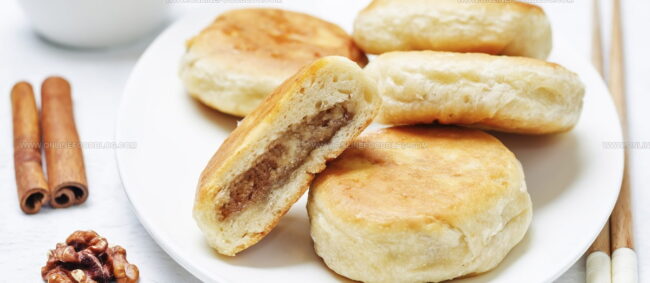
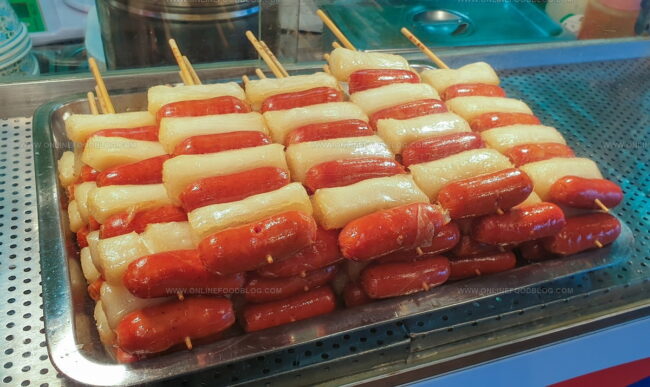
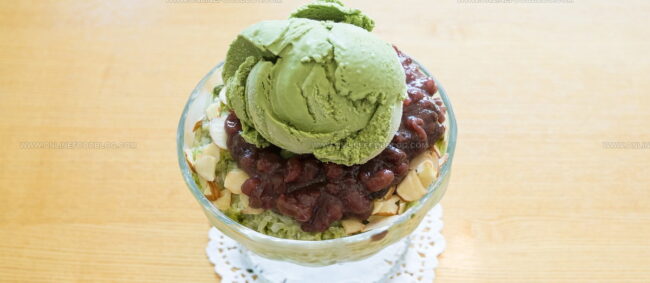
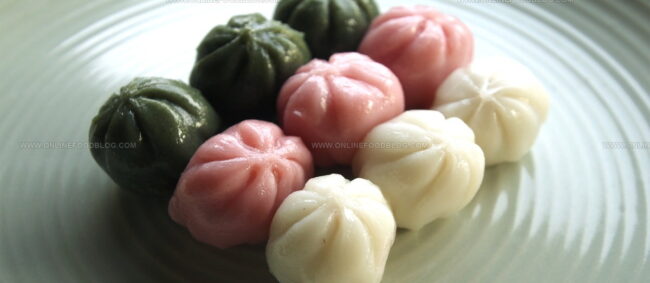
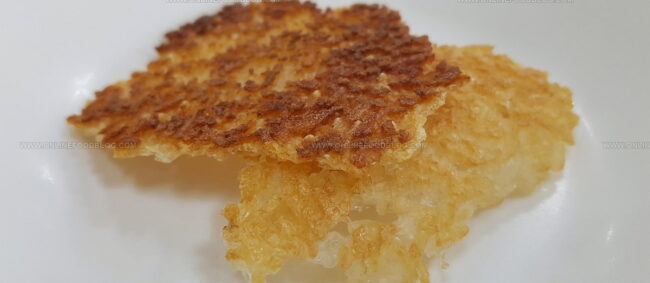
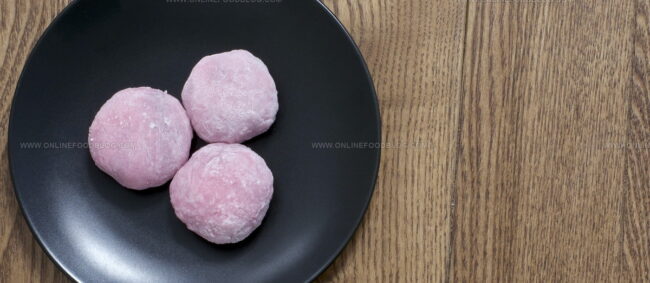
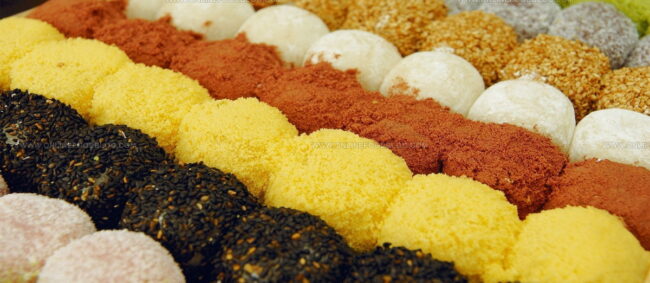
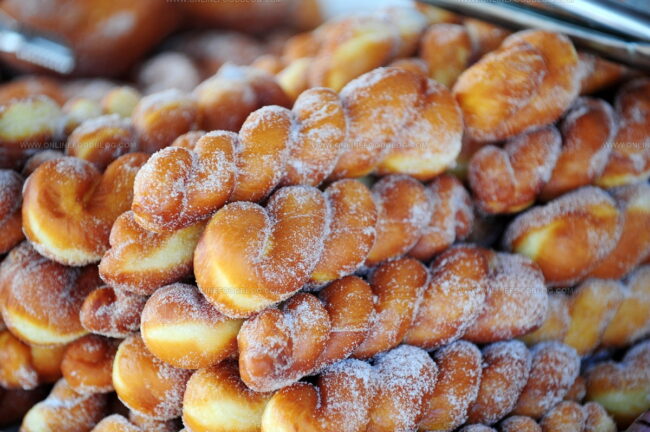
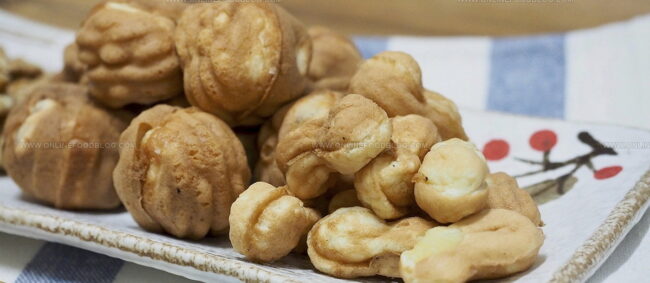
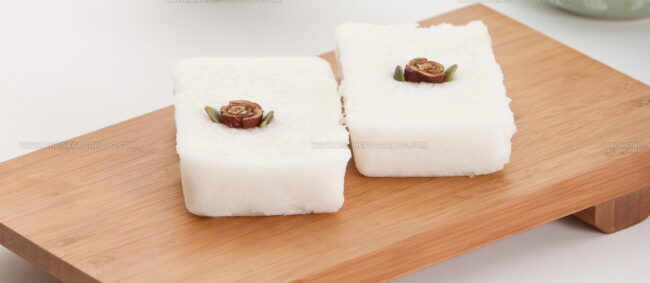
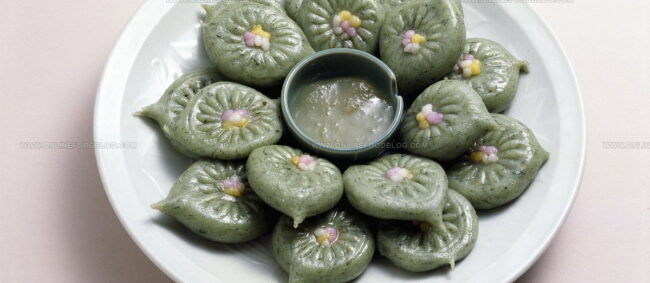
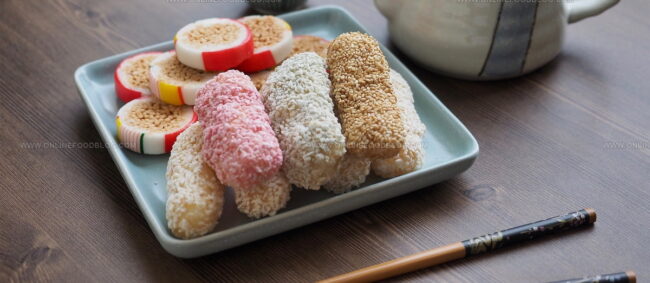
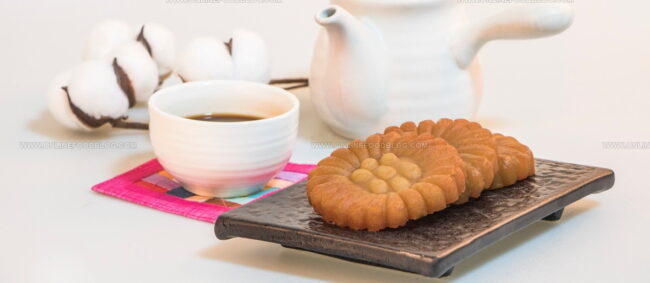
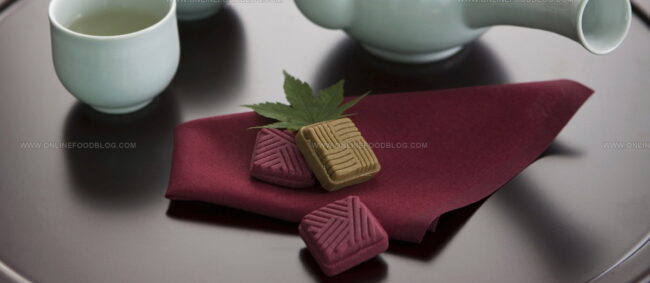
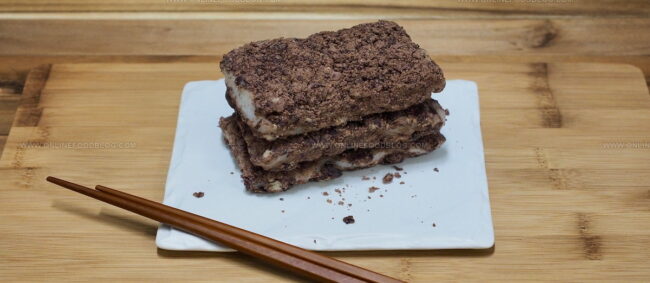
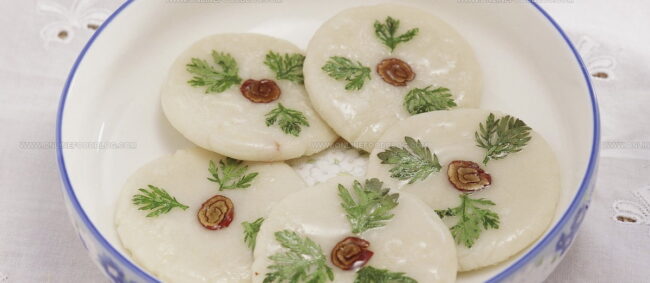
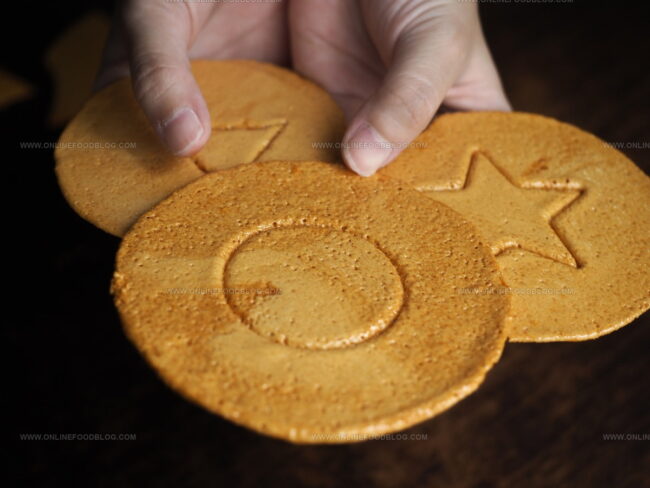
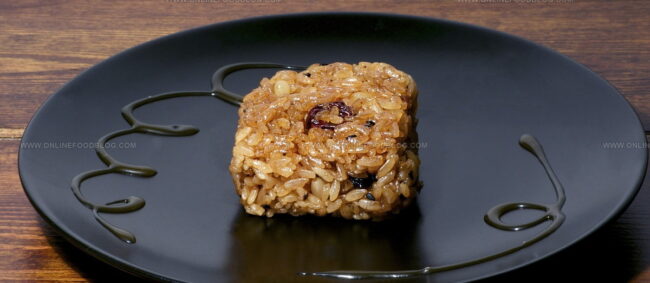
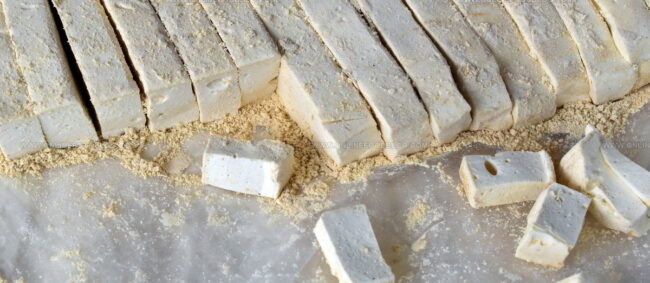
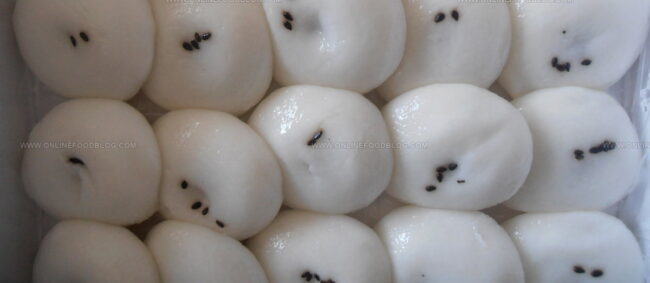
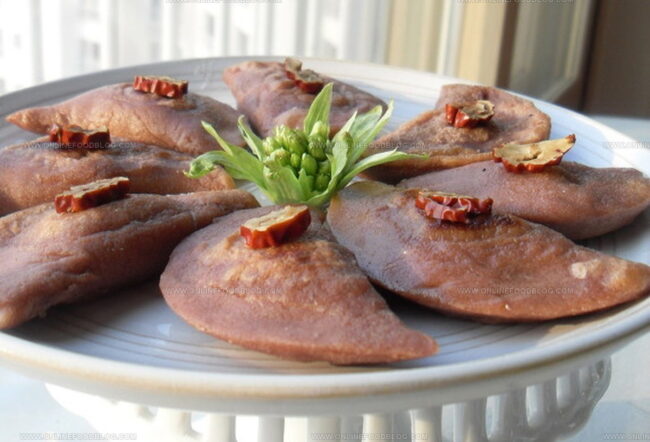
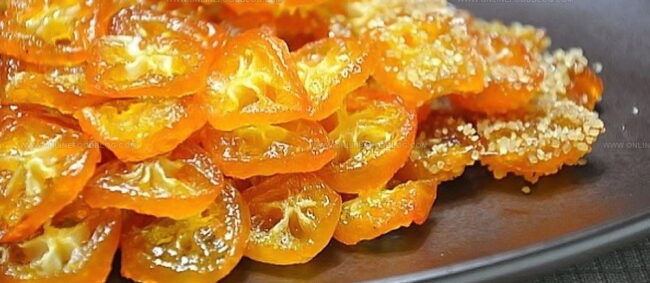
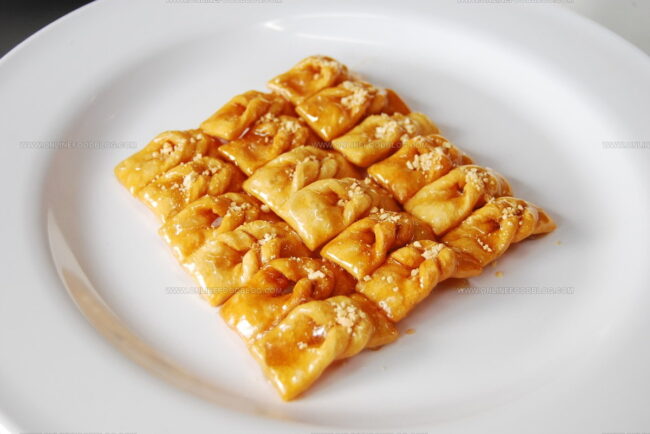
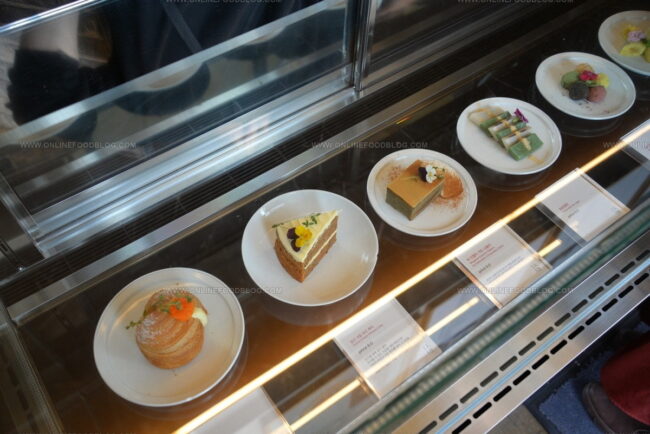
Lucas Bennett
Founder & Recipe Creator
Expertise
Simple Everyday Recipes, Sustainable Cooking Practices, Creative Meal Planning, Recipe Testing and Improvement
Education
Fox Valley Technical College, Appleton, Wisconsin
Lake Superior College, Duluth, Minnesota
Lucas Bennett’s cooking journey started in his parents’ kitchen, where he learned to prepare tasty, no-fuss meals from scratch. His culinary passion led him to Fox Valley Technical College, where he gained practical cooking skills.
He then expanded his focus on sustainability at Lake Superior College. Today, Lucas shares easy, approachable recipes designed to make cooking enjoyable and stress-free for everyone.